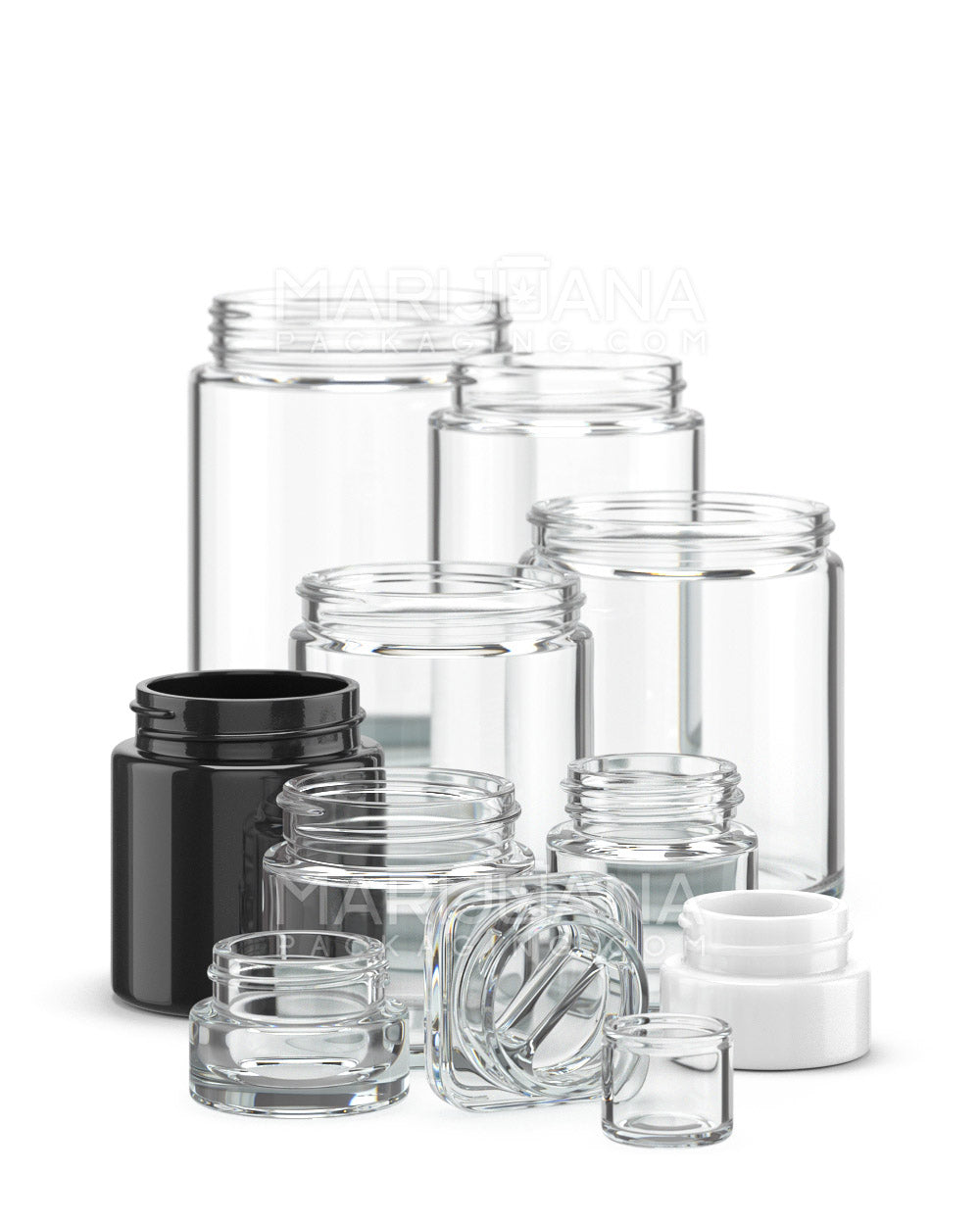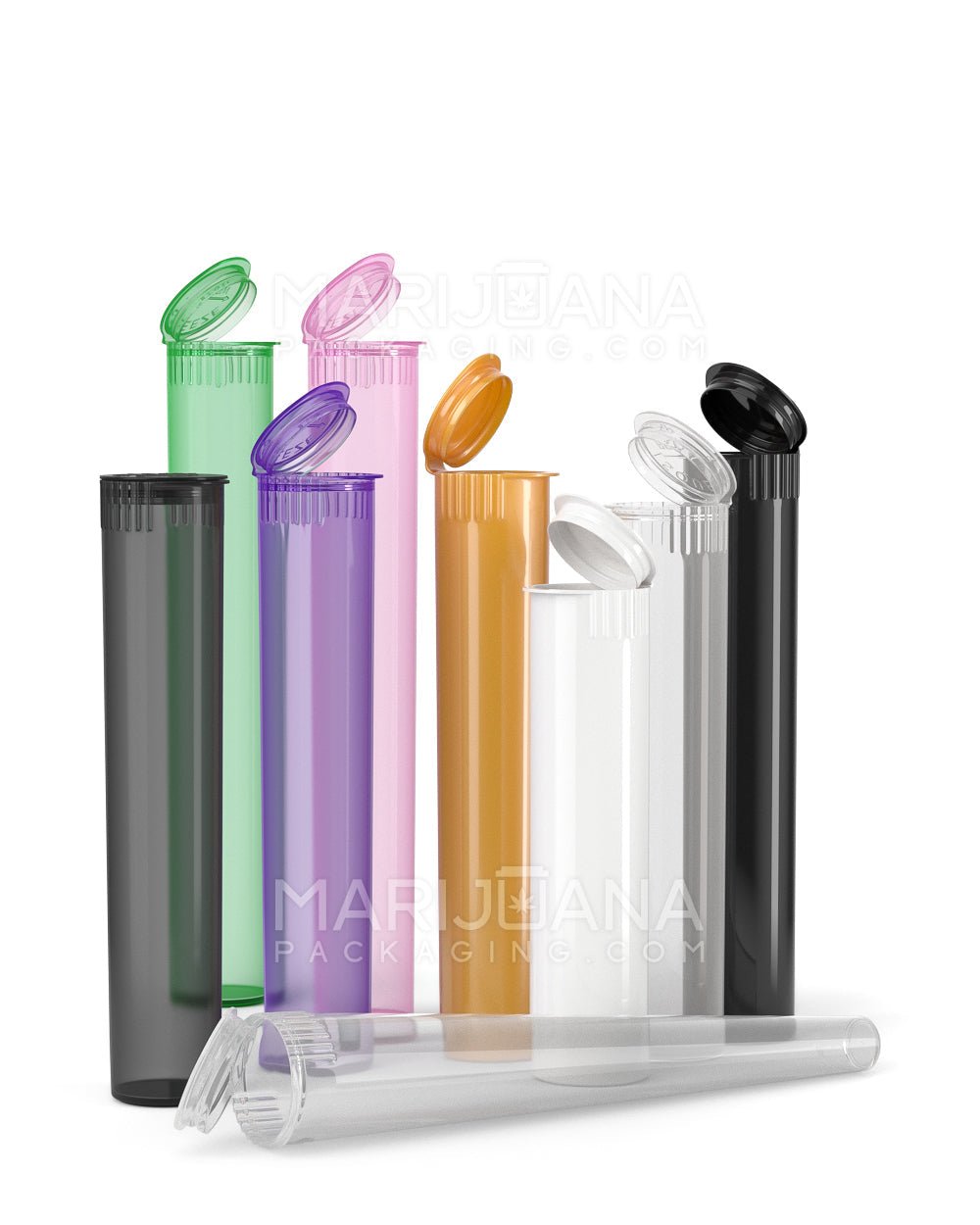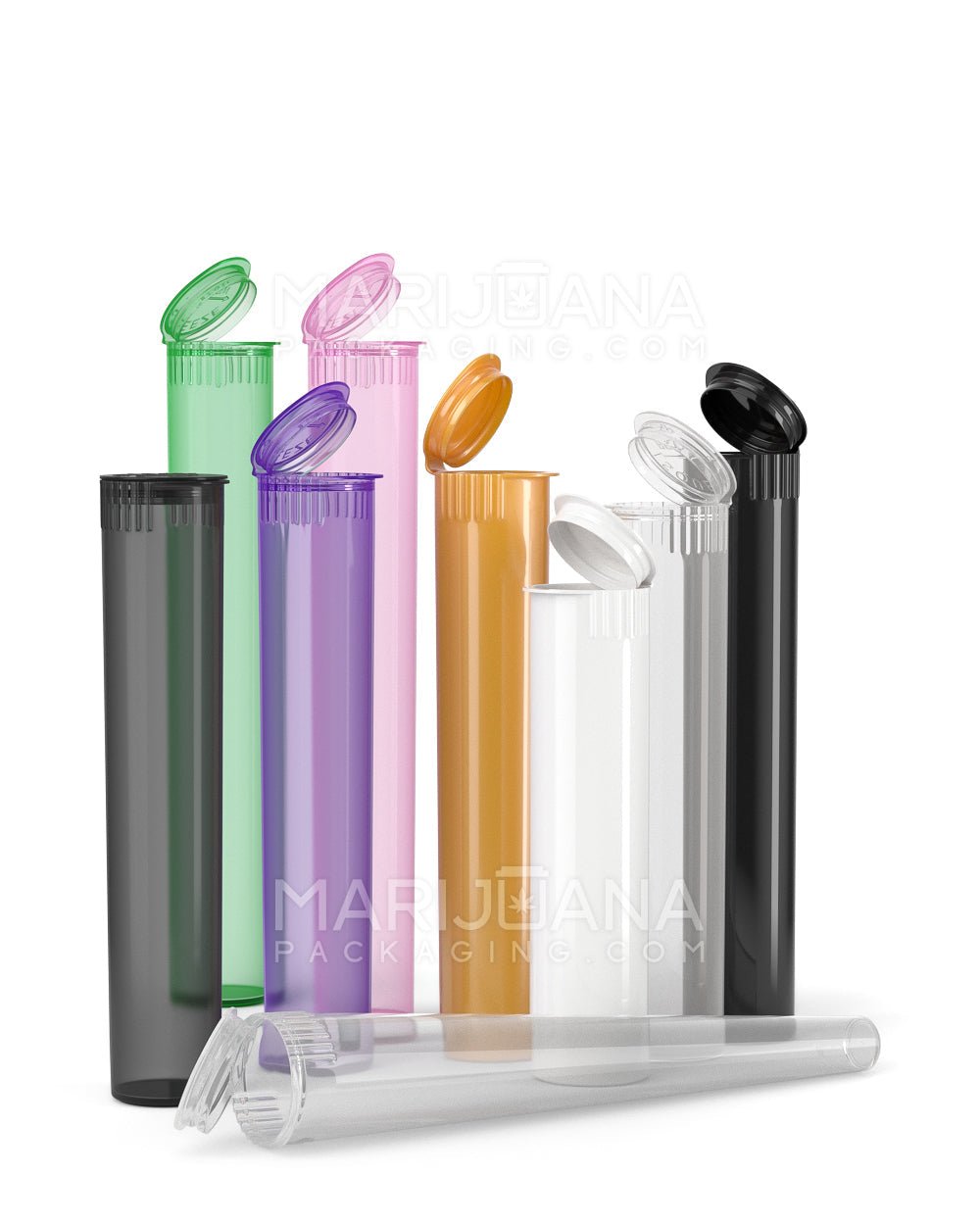Watering marijuana plants might seem like a straightforward task, but it’s a bit more nuanced than simply pouring water over the soil. If you've ever wondered how often you should water your cannabis plants, you're not alone. Striking the right balance can make all the difference between a thriving crop and a disappointing harvest.
In this article, we'll explore the factors that influence watering frequency, from the type of soil and the stage of growth to the environment in which you're growing your plants. We'll also provide practical tips and tricks to help you maintain healthy, well-hydrated marijuana plants.
Understanding Your Plant's Needs
Every marijuana plant is a bit like a person, with its own unique set of needs and preferences. While some plants might thrive with plenty of water, others prefer a drier environment. So, how do you know what your plant wants? It all starts with paying close attention to your plant’s behavior and the conditions it’s growing in.
One of the first things to consider is the stage of growth your plant is in. Seedlings, for example, have different water needs compared to mature plants. Young plants typically require less water because their root systems are not fully developed. On the other hand, mature plants with extensive foliage might need more frequent watering to support their growth.
Another important factor is the type of strain you’re growing. Some strains are naturally more drought-resistant and can go longer without water, while others might need more frequent hydration. Spend some time researching your specific strain to understand its natural watering needs.
Soil vs. Growing Medium
The medium you choose to grow your marijuana plants in plays a significant role in determining how often you should water them. Traditional soil, for instance, has different water retention properties compared to hydroponic systems or coco coir. Each medium has its own quirks, and understanding these can help you fine-tune your watering schedule.
Soil tends to hold water longer, which means you might not need to water as frequently. However, it’s crucial to ensure that the soil is well-draining, as stagnant water can lead to root rot and other issues. On the other hand, hydroponic systems require more frequent watering, as they rely on a continuous flow of nutrient-rich water to keep plants healthy.
Coco coir, a popular alternative to soil, offers excellent drainage and aeration, but it also requires more frequent watering. The key is to monitor the moisture levels in your growing medium and adjust your watering schedule accordingly.
Environmental Factors
Your growing environment greatly influences how often you should water your marijuana plants. Factors like temperature, humidity, and airflow can all impact the rate at which your plants consume water.
For instance, in a hot and dry environment, plants will lose more moisture through evaporation and transpiration, requiring more frequent watering. Conversely, in a cooler or more humid environment, you might find that your plants need less water. It’s important to continuously monitor these environmental factors and adjust your watering habits as needed.
Additionally, consider the airflow around your plants. Good ventilation can help regulate temperature and humidity, but it can also increase evaporation rates. If your grow room is well-ventilated, keep an eye on the soil moisture to ensure your plants aren’t drying out too quickly.
Signs of Overwatering and Underwatering
Knowing the signs of overwatering and underwatering can help you adjust your watering schedule before any real damage is done. It’s a bit like reading your plant’s mind—once you know what to look for, the signs become much clearer.
Overwatering is one of the most common issues faced by novice growers. Signs of overwatering include yellowing leaves, drooping, and a general lack of vigor. The soil may also appear soggy or waterlogged. To fix overwatering, reduce the frequency and amount of water you’re giving your plants, and ensure that your growing medium has proper drainage.
Underwatering, on the other hand, can cause the leaves to droop and curl upwards. The soil might feel dry and crumbly to the touch. If you notice these signs, it’s time to increase your watering frequency, ensuring that the water penetrates deep into the root zone.
Watering Techniques
How you water your marijuana plants can be just as important as how often you do it. There are various techniques to consider, each with its own benefits.
One popular method is the “soak and dry” technique, where you water your plants thoroughly and then wait until the top inch of soil is dry before watering again. This mimics natural rainfall patterns and encourages healthy root development.
Another technique is bottom watering, where you place the pot in a tray of water and allow the plant to absorb moisture through the drainage holes. This can be particularly useful for seedlings or plants with sensitive roots.
Whatever technique you choose, ensure you water evenly around the base of the plant to encourage balanced root growth. Avoid getting water on the leaves, as this can promote mold and mildew.
Choosing the Right Water
Not all water is created equal, and the quality of water you use can affect the health of your marijuana plants. Tap water, for example, often contains chlorine and other chemicals that can be harmful to plants. It’s a good idea to let tap water sit out for 24 hours to allow the chlorine to evaporate before using it.
If you want to take it a step further, consider using filtered or distilled water. These options are free from impurities and can help prevent nutrient imbalances in your plants. However, if you’re using filtered or distilled water, remember to add the necessary nutrients, as these types of water lack the minerals found in tap water.
Rainwater is another great option, as it’s naturally soft and free from chemicals. Just be sure to collect it in a clean container to avoid contamination.
Adjusting for Growth Stages
As your marijuana plants grow, their water needs will change. Seedlings, for instance, need less water than mature plants, so it’s important to adjust your watering schedule as your plants progress through their life cycle.
During the seedling stage, focus on keeping the soil consistently moist but not waterlogged. This helps young plants develop strong root systems without the risk of drowning.
Once your plants enter the vegetative stage, their water needs will increase. Aim to water more deeply but less frequently, allowing the soil to dry out slightly between waterings. This encourages roots to grow deeper and stronger.
In the flowering stage, be mindful of the plant’s water consumption. The buds are developing and require adequate hydration to reach their full potential. However, overwatering during this stage can lead to mold and bud rot, so it’s important to find the right balance.
Tools to Help You Water
Incorporating tools into your watering routine can make the task more efficient and effective. For instance, moisture meters can provide a more accurate reading of soil moisture levels than just using your finger. This can prevent both overwatering and underwatering by taking the guesswork out of the equation.
Drip irrigation systems are another fantastic tool, especially for larger grows. These systems deliver water directly to the plant roots, reducing evaporation and ensuring consistent hydration. Plus, they can save you time and effort.
For those who prefer a hands-on approach, a simple watering can with a long spout can help you reach the base of the plant without splashing water on the leaves. This can be particularly useful in preventing fungal issues.
Final Thoughts
Watering your marijuana plants might seem like a minor task, but it’s a critical aspect of cultivating healthy, vibrant plants. By understanding your plant’s needs, adjusting for environmental factors, and paying attention to signs of distress, you can develop a watering routine that promotes strong growth and robust yields.
For those looking to take their marijuana cultivation to the next level, partnering with Gamut can provide the packaging solutions you need to showcase your hard work. With their expertise in packaging, from design to delivery, Gamut offers a full spectrum of options to meet your needs. Whether you're looking for custom designs or industry-specific solutions, Gamut can help your brand stand out in any market.



















